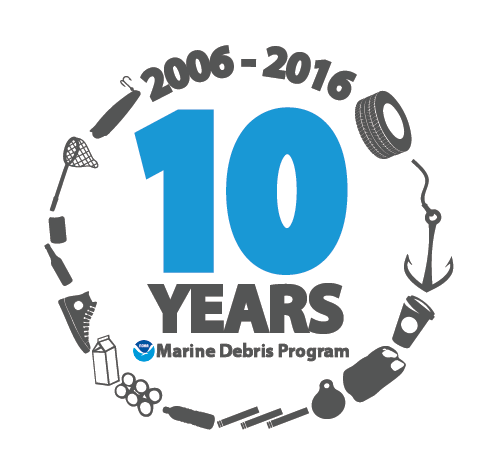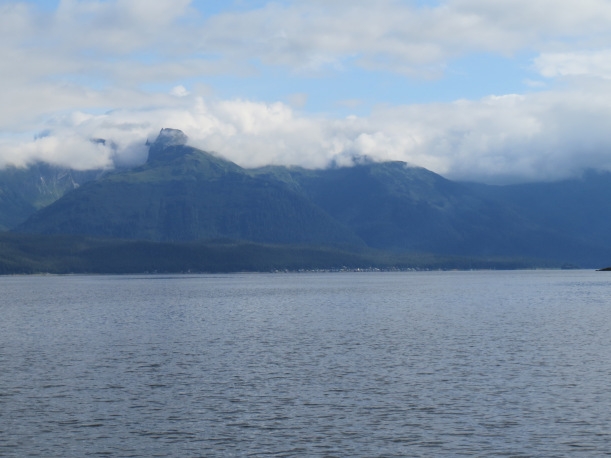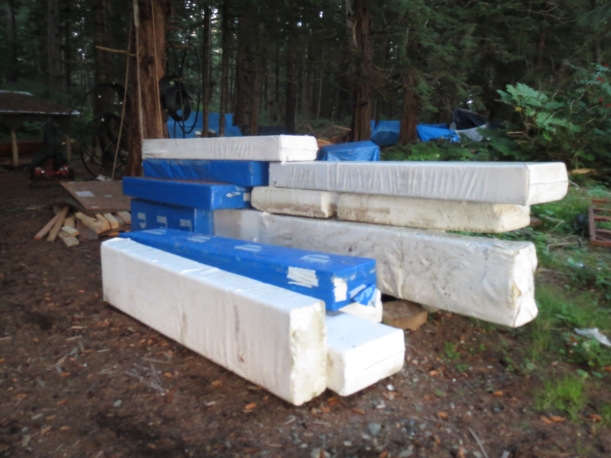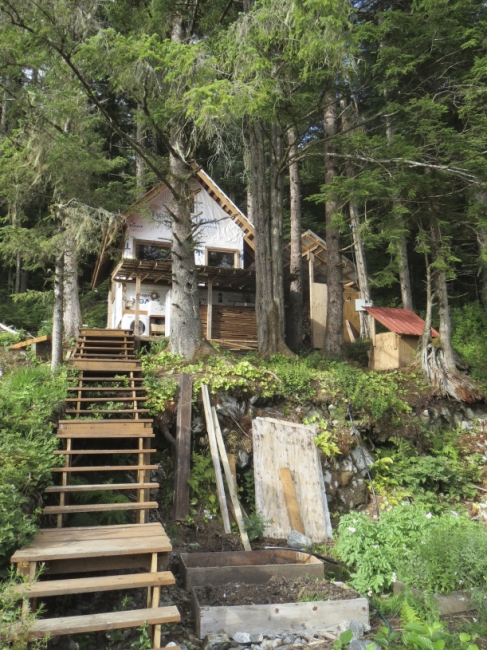
Over the years of the NOAA Marine Debris Program, there have been many efforts around the country to rid our waters and shores of marine debris. As part of our ten-year anniversary celebration, let’s take a look back at one of those efforts in Alaska.
Back in 2012, the community of Tenakee Springs, Alaska received funding from the NOAA Marine Debris Program to remove debris in their remote community. Tenakee Springs, with less than 100 residents, sits about 50 air miles from Juneau in Southeast Alaska and is inaccessible by road. In fact, there are no roads at all in the town, just a long, wide trail that people use to get around via foot, bike, or four-wheeler.
Residents of this secluded community began to notice debris such as plastic bottles, cans, fishing floats, and other trash items washing up on the shores of the town’s inlet. Between this influx of debris and other debris that had been sitting around for a while, such as old house boats and legacy fishing gear, the community decided it was time to do something! Tenakee residents volunteered to take part in the project and in the spring of 2013, they gave over 800 hours of time to clean over 35 miles of shoreline, removing almost 3.5 tons of debris! Some residents even reused some of the collected debris, incorporating debris from the old house boats in the construction of a new cabin in town.
Read more about this interesting project on this old blog post or on the Marine Debris Clearinghouse.




